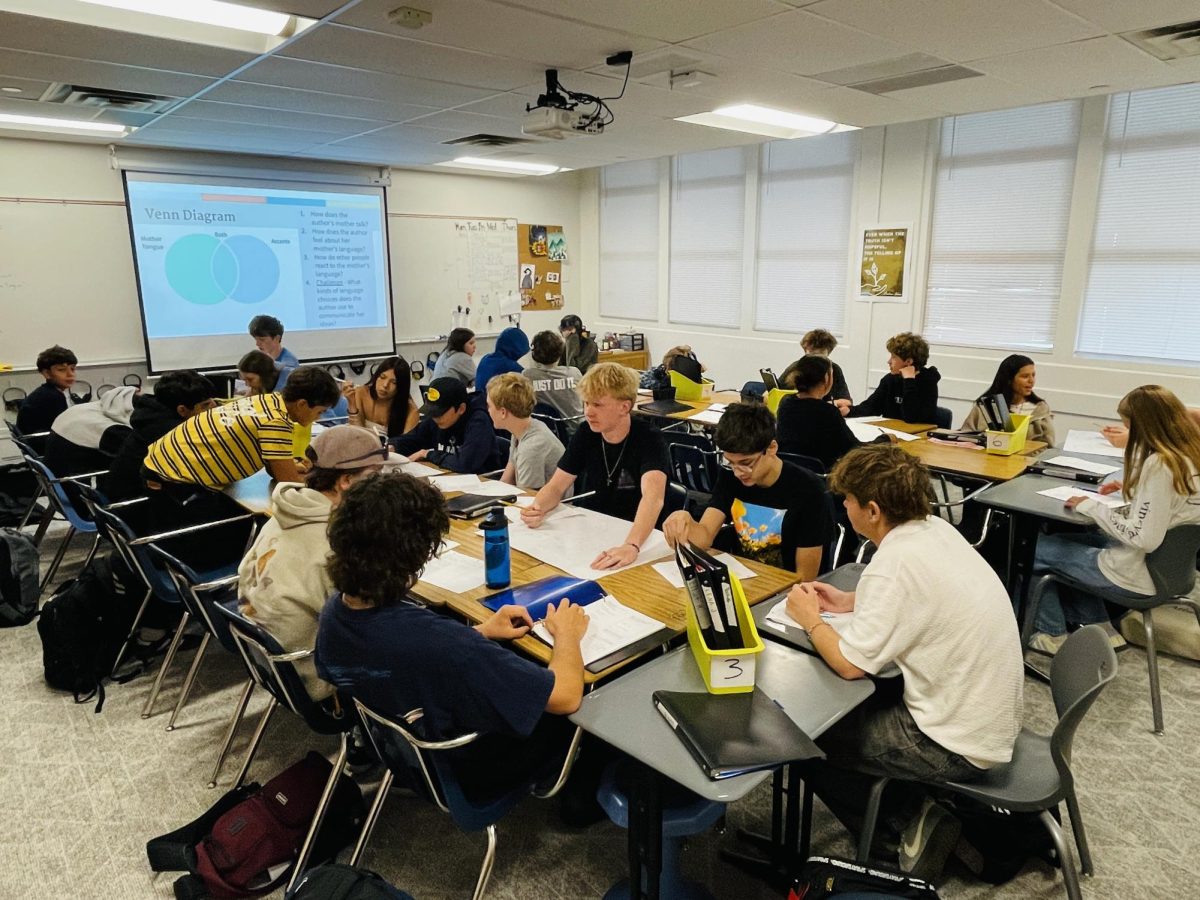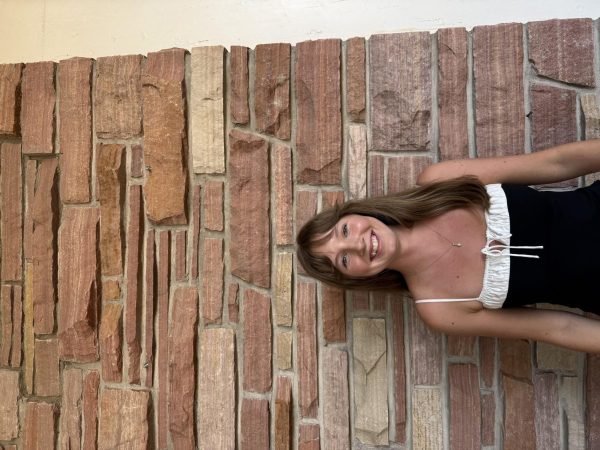As I walk through the hallways of Boulder High School, it’s impossible not to miss the conversations echoing between students: “My class is so large!” “Some students have to sit on the floor.” “I hope kids drop out, our classroom can barely fit us all.” So what’s different about this school year? Why are classrooms bursting at the seams, even as the Boulder Valley School District reports declining enrollment?
According to BVSD’s website, enrollment has been shrinking in the past several years due to plummeting birth rates, limited housing growth, and an aging population. At the same time, changes in Colorado’s school funding formula shifted more money to rural and high-poverty districts, putting additional strain on BVSD’s budget. Logically, shrinking enrollment should mean smaller classes, but that hasn’t been the reality. While BVSD projected a drop of 378 students this year, the actual decline was only 141. Yet because of the new funding policy, the district is losing an amount equivalent to 674 students or about $1.7 million in funding
Boulder High hasn’t replaced about ten retired teachers in recent years. “But does 140 kids equal 10 fewer teachers?” asks Mr. Solis, a special education teacher at BHS.
Geometry and Algebra 2 teacher Mr. Guegan has 38 students in two sections of Algebra 2, and 36 in another. “It’s a lot more challenging to actually get to know students and their needs compared to a smaller class,” he says. The number of students hasn’t gone up, it’s the number of sections that has been cut.
AP US and US history teacher Mr. Offill sees the same trend. His largest class has 35 students, and he says it’s part of a pattern: “When teachers retire, we may not fill that spot. And if there’s not a dramatic decline in the student population, that’s going to lead to higher class sizes.” A smaller class size allows the teacher to give a more tailored education, which increases the possibility of meeting each student’s requirements and engaging everyone.
Overcrowding isn’t limited to core classes. PE and Yoga teacher Ms. Theole says nearly all of her wellness in action classes have exceeded their caps. That raises safety concerns. “If we’re overcrowding, there’s potential for injury,” she says. Beyond safety, it also makes connection harder: “I want to hear about kids’ lives, their hobbies, what’s been good for them, and what’s been a struggle. When there are so many more kids, it’s really hard.” Grading is also affected when you have 190 kids on your roster instead of 140. “It just takes a lot longer.” She ended by saying, “We are not the only school that’s experiencing this, and we are not the only district. It’s tough.”
Mr. Solis fears that the larger classes and the need to prioritize teaching core subjects could disengage kids who struggle, as “Some people are suggesting that we cut electives like video and film or creative writing so those teachers can be teaching more freshman ELA.” This disproportionately affects struggling students who need creative outlets
Although enrollment is beginning to decline, it’s not dropping nearly as fast as the budget, and everyone in Boulder High School is feeling the squeeze.
Mr. Solis explained, “If we have any chance to close the gap, we need smaller class sizes and a wide variety of offerings.” But here’s the question many are asking: if declining enrollment is the reason we have fewer teachers, then why are there more employees at the district office? Since 2018, BVSD has reduced its teaching staff by 3%, yet it has hired 68% more employees at the district level. Is the best place to put our resources is in the classroom, where they have a direct impact on students?



